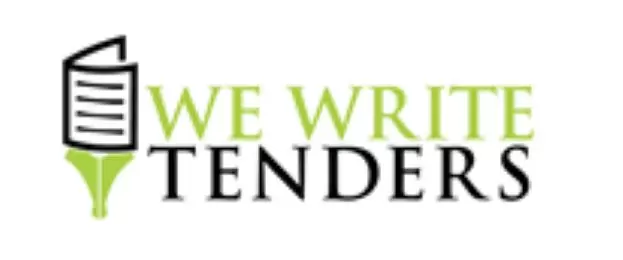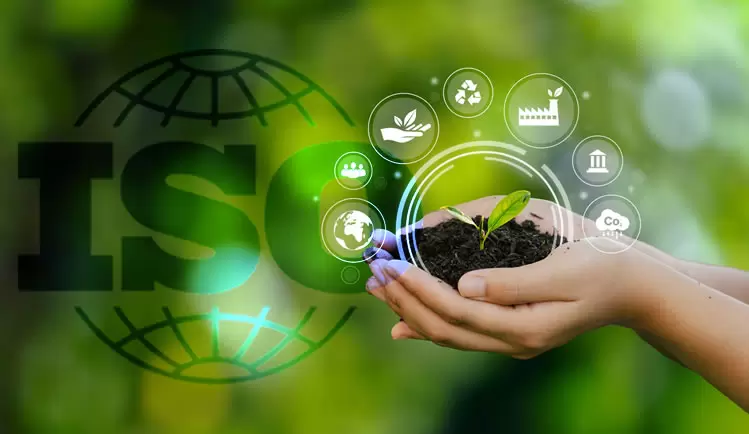With the COP 29 conference taking place this month in Baku, the capital of Azerbaijan, politicians and business leaders will express all sorts of hopes for new deals and action to help reduce greenhouse emissions and make the world more sustainable. The event’s slogan is “Investing in a liveable planet for all”.
However, cynics will say we have heard it all before. When COP 26 took place in Glasgow in 2021, some of the loudest voices were from campaigners outside the building like Greta Thunberg, who had made clear her views at a youth climate conference in Milan earlier that year when she famously described the rhetoric of world leaders as “blah blah blah”.
In between the scepticism of Greta and the optimism of those who see progress in various carbon-cutting agreements like reduced coal use, there is the practical reality that governments alone cannot do it all. A great many steps can be taken by businesses making authentic efforts to be greener.
However, companies can face cynicism and doubt too, with accusations of ‘greenwashing’ never far away. When this can be proven, such as a firm making claims that can be demonstrated to be false, this can lead to reputational damage.
This is where companies who not only comply with the regulations but also have a commitment to improvements through a robust environmental management system (EMS) can benefit from gaining certification to show they have done this. That is what ISO 14001 certification provides.
A central feature of ISO 14001 is that it doesn’t just acknowledge the efforts a company has made, but provides a framework for getting to the point where it has effective EMS in place, by showing the way to design the EMS and therefore meet its targets of cutting emissions and taking other steps to improve environmental performance.
These steps can include working with stakeholders on common goals, preserving and improving habitats to uphold biodiversity, more efficient use of resources, avoiding pollution and cutting energy waste. Many of these could come with cost benefits for your firm, such as lower energy bills.
Indeed, it can help steer your company in a direction where it can build partnerships and trading agreements with other companies committed to green principles, who will know from your certification that they can trust you and work with you. This can then be the catalyst for your company to enjoy sustainable growth.
Further benefits can come from highlighting the certification to ensure customers have confidence in you and your public reputation can grow as a result.
Over in Baku, politicians and diplomats will negotiate, critics will ask why the event is being held in an oil-producing state and those whose interests are still tied to fossil fuels will lobby as hard as the green campaigners.
What will not happen, of course, is any government getting its own equivalent ISO 14001. Instead, each will make a presentation on their work to meet the Paris 2015 climate targets, and the event will attempt to update this.
The result may provide more fudge than a sweet factory, which is why cynics will have much to question. But while governments may take a lot of flak, companies can protect themselves against that and also take tangible action to raise their environmental game through ISO 14001 certification.





















Recent Comments